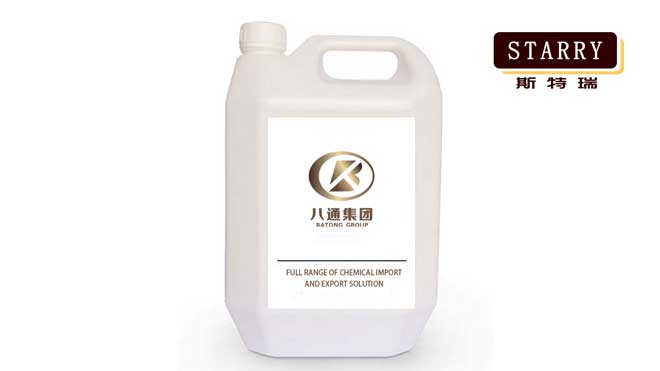The solvent is a liquid that can dissolve a solid, liquid, or gaseous solute and subsequently become a solution. The most common solvent in everyday life is water. The most common example is coffee or tea brewed in hot water. Solvents are usually clear, colorless liquids, and most of them have a distinctive odor.

Solvents have the following main characteristics:
- 1. hydrophilicity: solvents and solutes can be broadly categorized as polar (hydrophilic) and non-polar (hydrophobic).
- 2. Boiling point: Another important property of solvents is the boiling point, which is related to the rate of evaporation. A small amount of a low-boiling solvent, such as ether, methylene chloride, or acetone, will evaporate in a few seconds at room temperature. High-boiling solvents, such as water or dimethyl sulfoxide, however, require higher.
- 3. Density: Most organic solvents are less dense than water, so they are lighter than water and are on top of water when layered. However, some organic solvents containing halogenated elements are usually more subdued than water and will sink to the bottom. This is of particular concern when using a dispensing funnel to dispense water and solvents.




